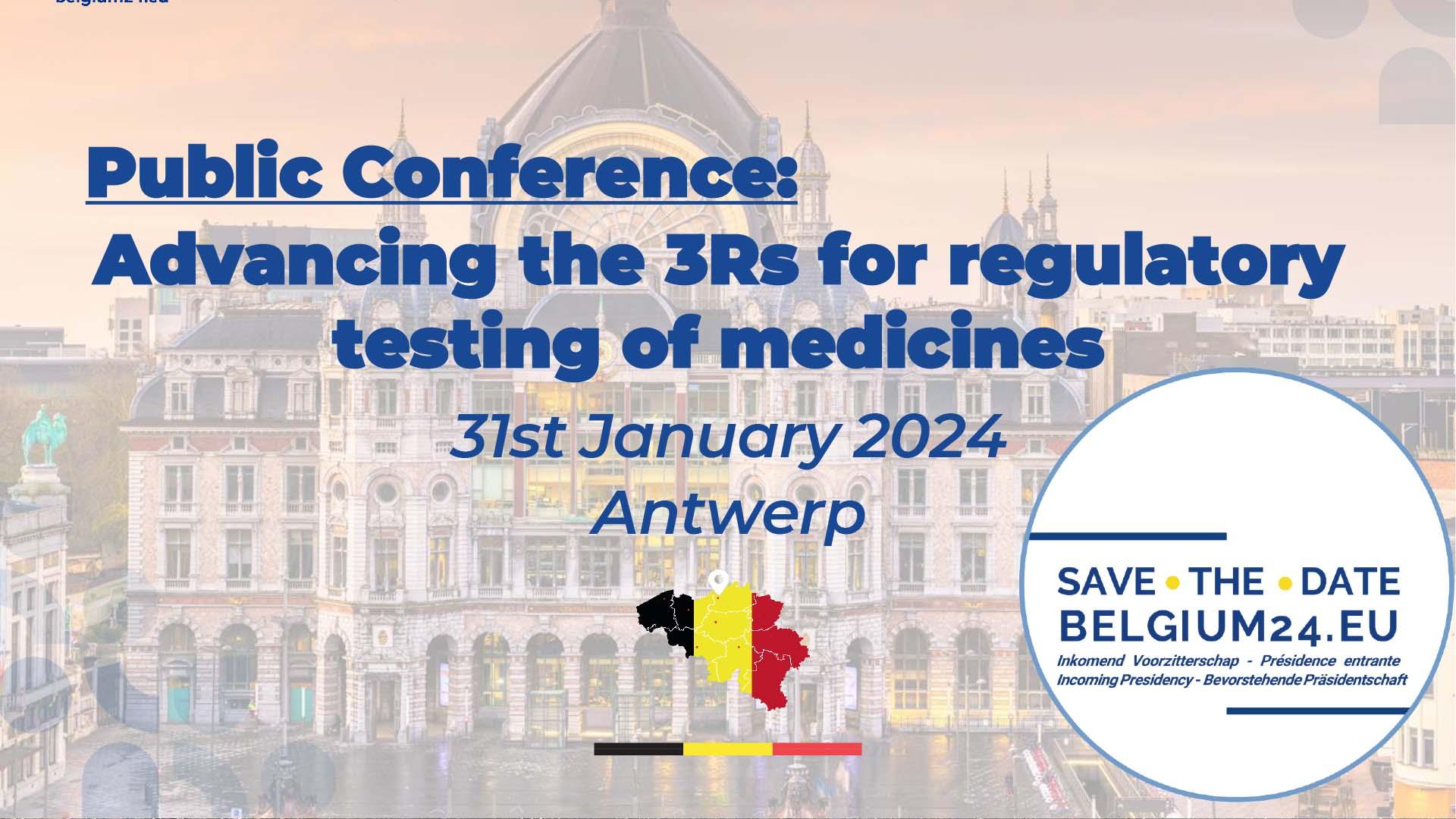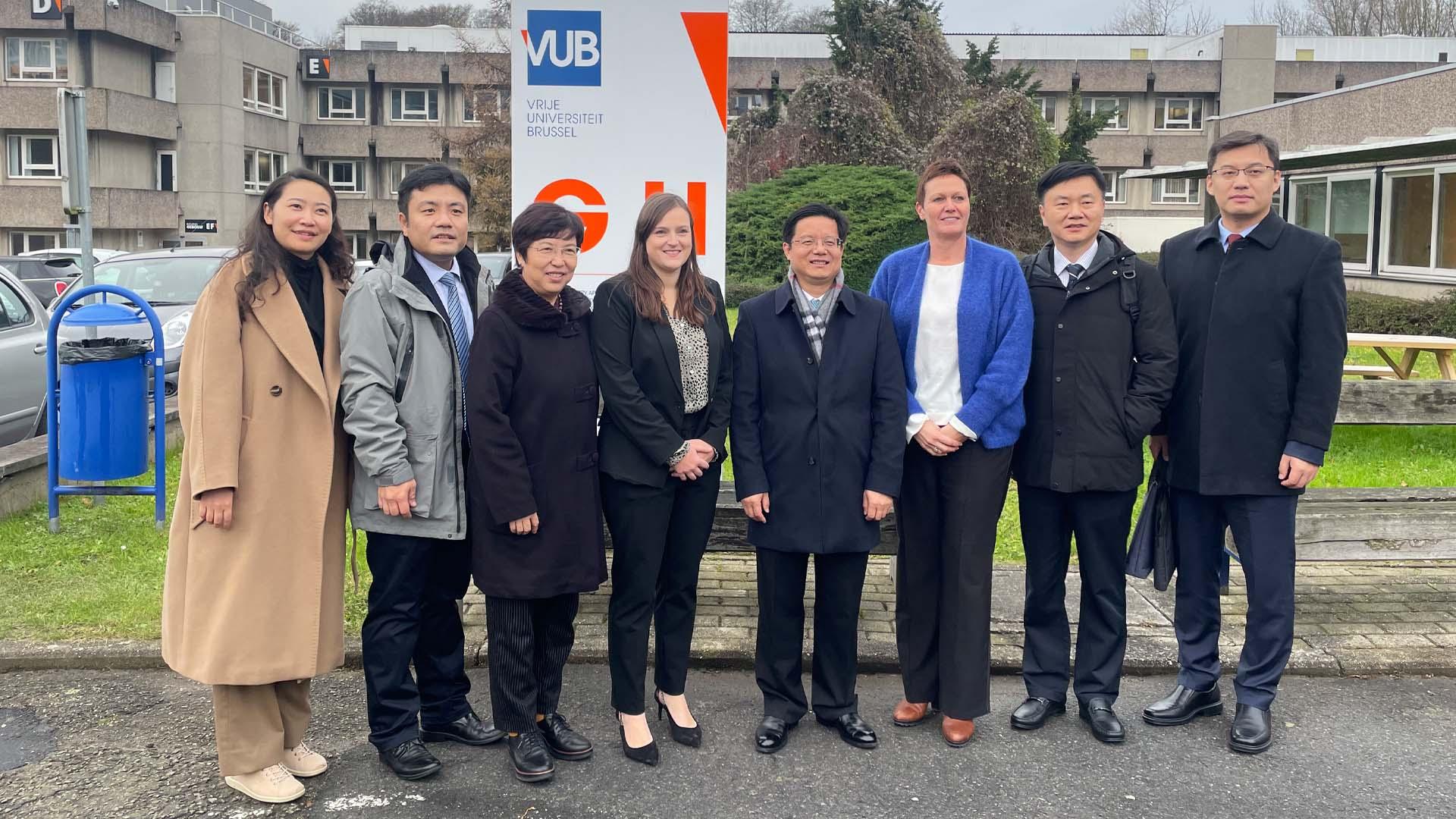IC-3Rs News
Educational Webinar on NAMs
by IC-3Rs
RE-Place is continuing its series of Educational Webinars aiming to promote the use and development of NAMs by putting the existing knowledge in the spotlight.
During this second Webinar of 2024, on the 28th of March from 4 to 5 pm CET, Dr. Karolien Bijnens and Martijn Heleven from the University of Hasselt will present their work on the planarians as an alternative in vivo model to assess developmental, neuro- and genotoxicity.
Participation is free of charge, but registration is mandatory. The webinars are accredited. Certificates of attendance will be available upon request.
Webinar series on the #4Rs
by IC-3Rs
IC-3Rs organizes a webinar series on the #4Rs (Replacement, Refinement, Reduction & Responsibility). 📆 Save the dates:
06/03: Join us for an enlightening session with Prof. Hugo Vankelecom, exploring human organoid models as alternatives to the traditional in vivo models with a specific focus on the reproductive system
17/04: Dr. Stéphanie De Vleeschauwer will clarify the severity classification in laboratory animal procedures offering invaluable insights into animal welfare enhancement
08/05: Dive into a thought-provoking discussion with Dr. Stef Aerts on the role of researchers' responsibility in animal experimentation, emphasizing ethical practices
12/06: Concluding our webinar series, Prof. Sophie Hernot will illuminate the significance of retrospective analysis in driving future advancements and refining animal experiments
Ready to join our webinars? Secure your spot by filling out the registration form via link below, and you will receive access to each webinar a few days prior to the event.
We can't wait to see you there! 🐭
Kick-off Educational Webinar Series 2024
by RE-Place
RE-Place is continuing its series of Educational Webinars aiming to promote the use and development of NAMs by putting the existing knowledge in the spotlight. During this first Webinar of 2024, on the 15th of February from 4 to 5 pm CET, we will zoom in on the use of organoids in research and drug development. Prof. Dr. Christophe Deben (UAntwerp) will present his work on advancing High-Throughput Organoid Drug Screening: Automated Live-Cell Imaging and the Orbits Image and Data Analysis Pipeline, and Dr. Colinda Scheele (VIB-KU Leuven) will deep dive in breast organoids to study tissue development and the different steps of tumorigenesis.
All webinars are free of charge, but registration is mandatory
Interview on 3Rs Principle
by Fonds voor Wetenschappelijk Onderzoek (FWO)
The ‘’Fonds voor Wetenschappelijk Onderzoek” (FWO) has recently interviewed Em. Prof. Vera Rogiers from the Vrije Universiteit Brussel on the 3Rs Principle, the replacement of lab animals and innovations in the field of alternative methods. 👉Take a look at the video or listen to the podcast (below).
Het “Fonds voor Wetenschappelijk Onderzoek” (FWO) heeft onlangs Em. Vera Rogiers van de Vrije Universiteit Brussel geïnterviewd over het 3V-principe, de vervanging van proefdieren en innovaties op het gebied van alternatieve methoden. 👉Kijk naar de video of beluister de podcast (hieronder).
Study day focused on Advancing the 3Rs for regulatory testing of medicines
by FAGG - Federaal Agentschap voor Geneesmiddelen en Gezondheidsproducten

The FAGG - Federaal Agentschap voor Geneesmiddelen en Gezondheidsproducten is organizing a study day focused on 'Advancing the 3Rs for regulatory testing of medicines' on the 31st of January.
Location: Flanders Meeting and Convention Center Antwerp.
Symposium 3D Organ Modelling in Health and Disease
by Organoid @ KU Leuven
3D Organ Modelling in Health and Disease is the inaugural symposium at KU Leuven dedicated to the captivating field of 3D organ bioengineering. It will bring together representatives from various stakeholders (researchers, clinicians, industry) to present cutting-edge expertise and breakthroughs in 3D organ modelling and biomedical/translational application. The symposium is open to a wide public interested in the field, to learn on its immense potential in biomedical research, regenerative medicine and precision (personalized) drug discovery.
Abstract submission: at the latest by February 10th, 2024
Dates: 8 and 9 April 2024
Location: Onderwijs en Navorsing, Herestraat 49, 3000 Leuven. Near the Gasthuisberg hospital in Leuven, just a 10-minute bus ride from the city center.
Visit from Chinese regulators
by IC-3Rs at the VUB

On December 12th a Chinese delegation of cosmetics regulators in China visited the In Vitro Toxicology and Dermato-Cosmetology (IVTD) unit at the Vrije Universiteit Brussel (VUB). IC-3Rs was delighted to discuss the European regulations aimed to develop cosmetics without animal testing.
Contact us if you want to visit the The Innovation Centre 3Rs (IC-3Rs) at the Vrije Universiteit Brussel (VUB) to learn more on the implementation of the 3Rs (Replace, Reduce, Refine) in scientific research by using state-of-the-art technology and New Approach Methodologies (NAMs), our mission.
Fourth Educational Webinar on NAMs
by RE-Place
On the 12th of December from 4 to 5 pm CET, RE-Place organises a fourth educational webinar on bacterial assays. First, Prof. Charles Van Der Henst (VIB) will discuss his work on the antiphagocytic capsule of the WHO priority pathogen Acinetobacter baumannii. His presentation will be followed by Sien Lequeue (VUB) who will present her work on the development of a bacterial high-throughput screening system to evaluate missense variants of human homogentisate 1,2-dioxygenase in the context of alkaptonuria.
RE-Place organises this series of Educational Webinars which aims to promote the use and development of New Approach Methodologies (NAMs) by putting the existing knowledge in the spotlight.
All webinars are free of charge, but registration is mandatory
The 3R principle and the use of laboratory animals in biomedical research
by Swedish 3Rs Center

The Swedish 3Rs Center has created a short animated video that informs in a very accessible way about the 3R principle and the use of laboratory animals in biomedical research. Watch the video below in English.
